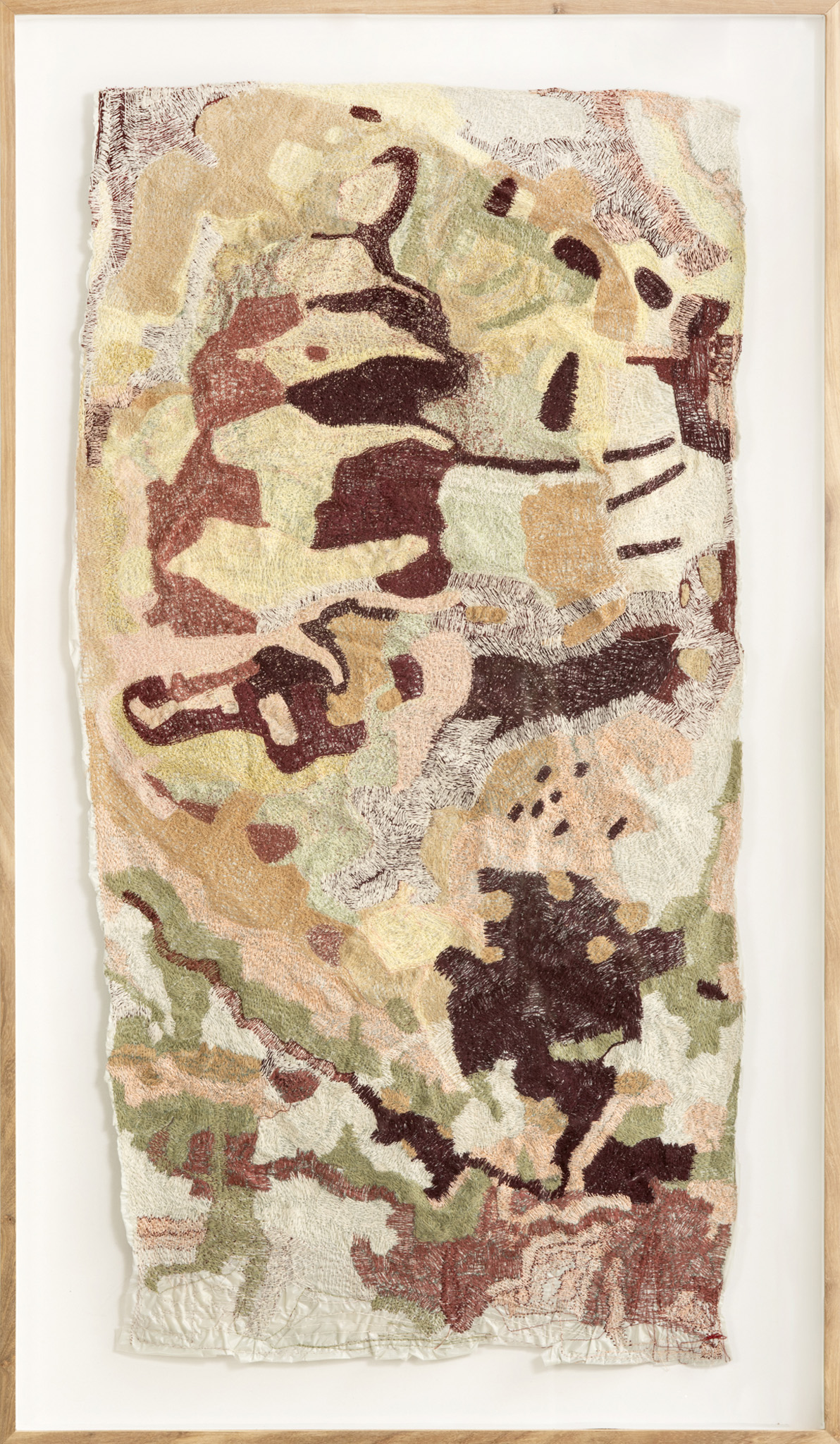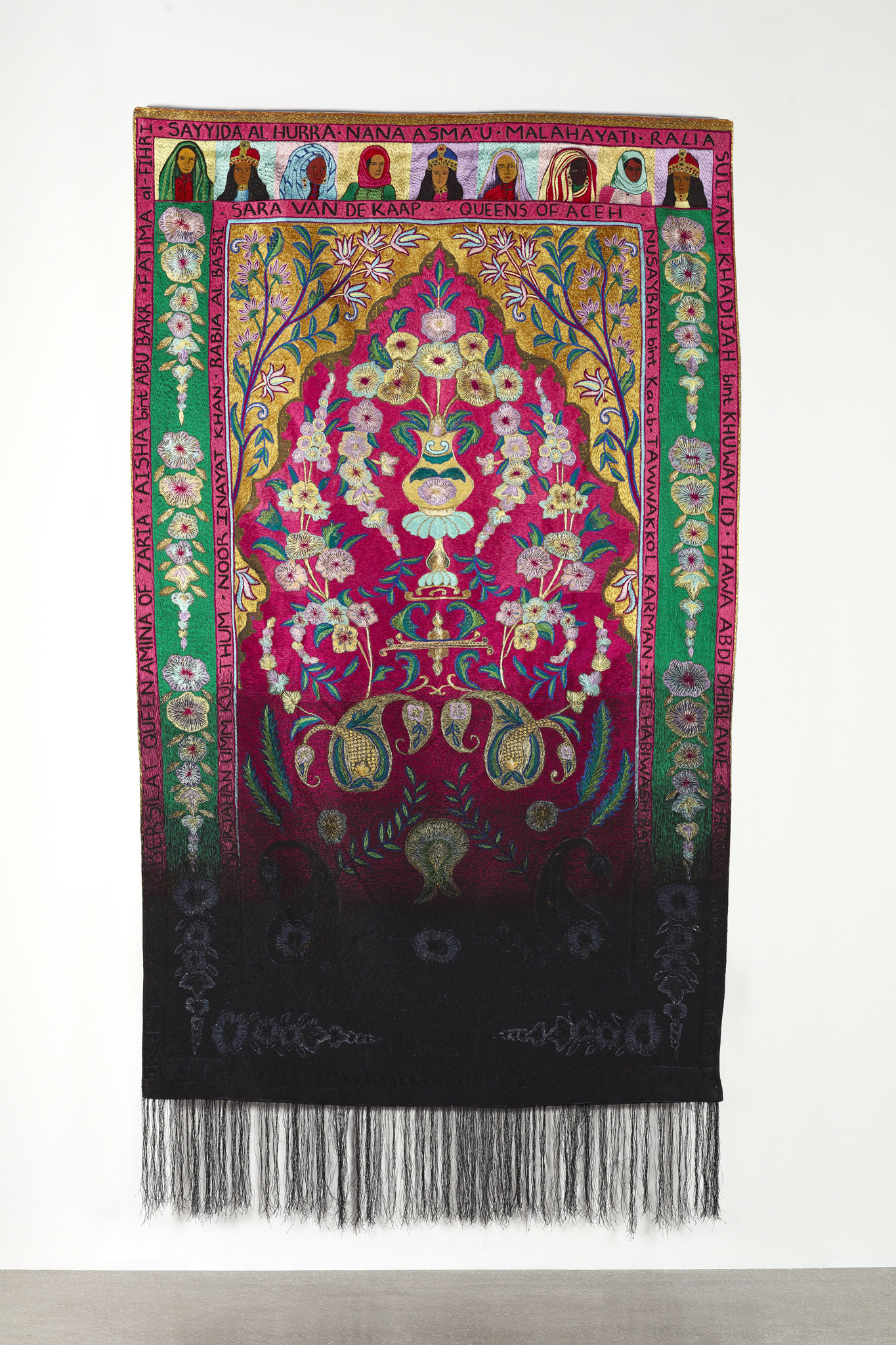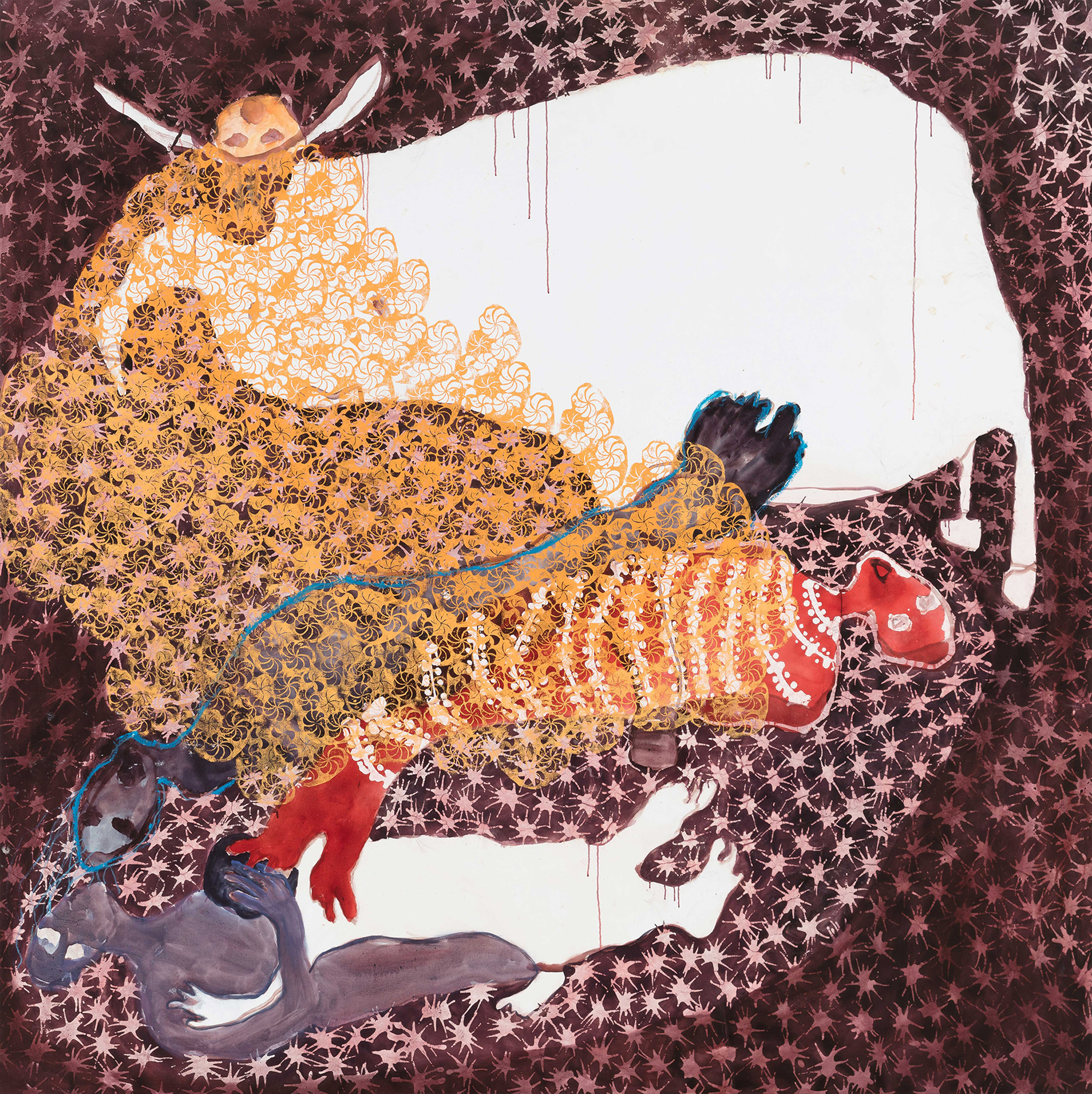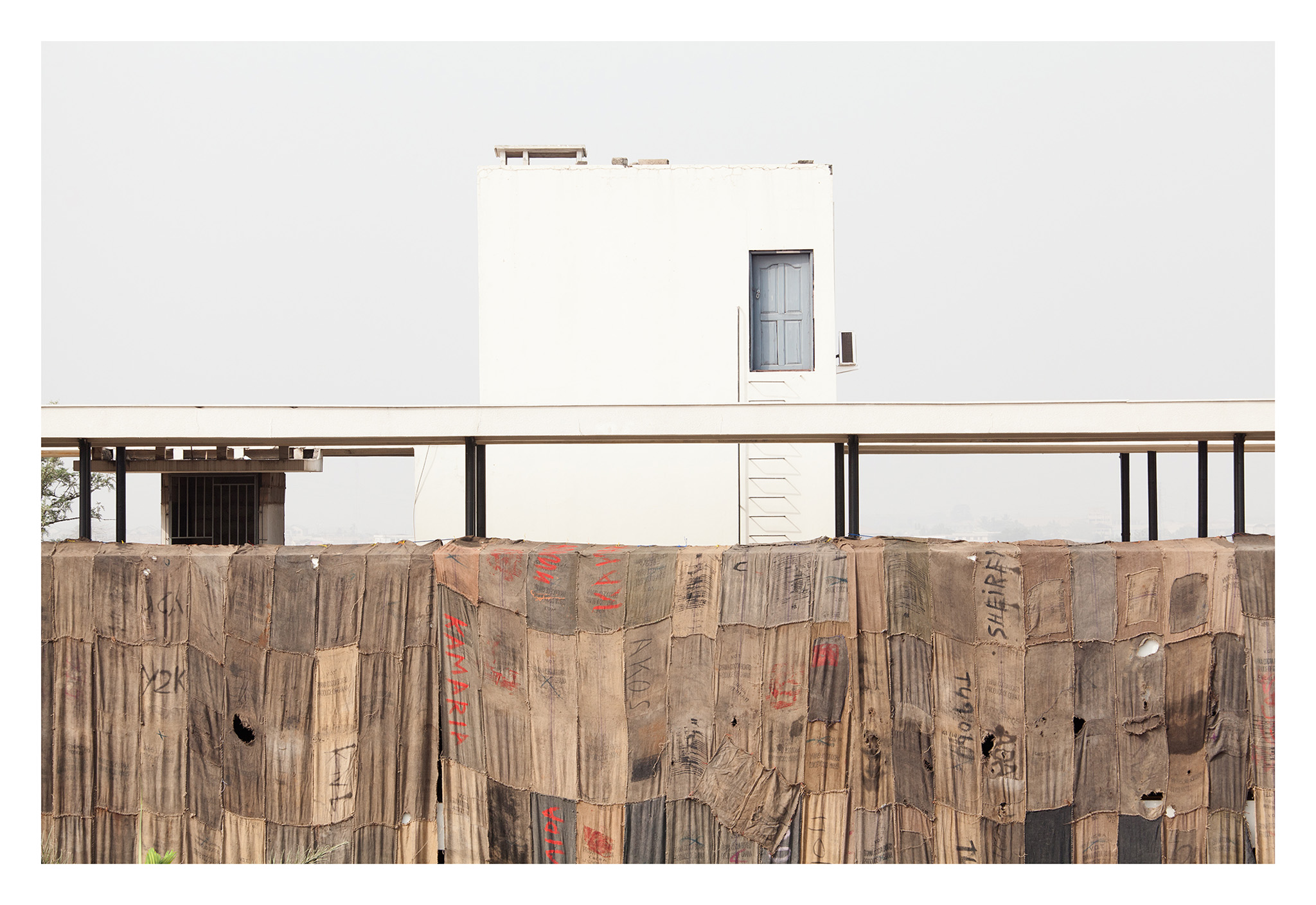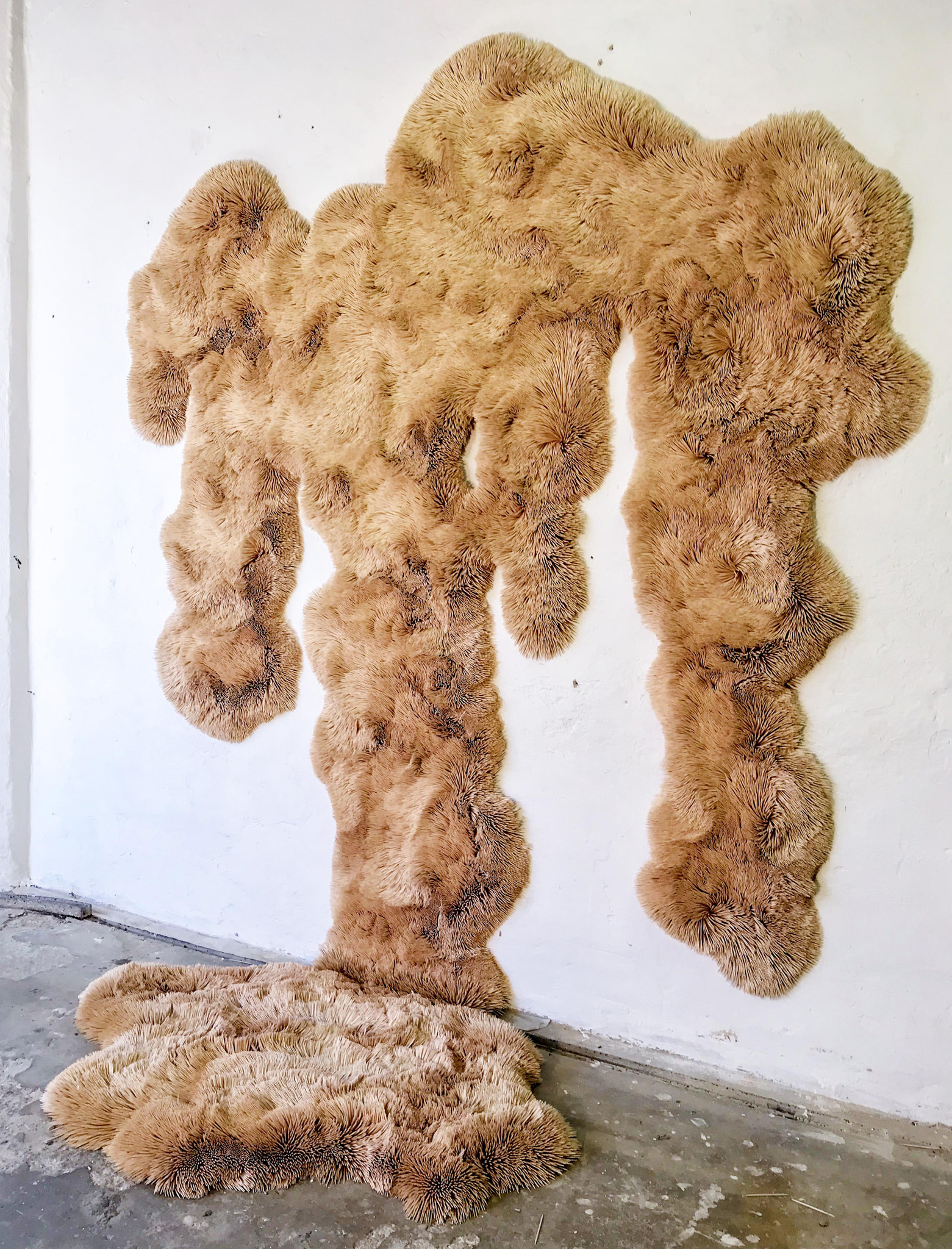As media partner for CTAF, Nataal reports on some of the talking points and stand out exhibits of this year’s edition
This year’s edition of Investec Cape Town Art Fair (CTAF) took over the Cape Town International Convention Centre and spilled out into the streets. The city came alive with gallery openings and parties filled with art lovers all here for the biggest fair of its kind on the continent. “One thing that we recognised was that CTAF is of course a great platform for sales, but given the fact that we’re in Africa, the fair needs to be shaped differently in responding to the needs of the artistic community on the continent,” says Tumelo Mosaka, the 2019 curator. As such, it was not just the three-day fair that counted but also the city, its galleries, major institutions and creative spaces that all help to make the industry approachable to the general public.
“Visitors can see some things they understand and can relate to. There’s also the opportunity to address gaps in understanding and start dialogues,” continues Mosaka of its wider appeal and aspirations. “Things start to click; the connection between what you’re seeing and what you’re hearing might become clear, or you might go home with more questions. We’re not trying to tell people what to think.”
A compelling focus was Tomorrow’s/Today (T/T), a series of standalone exhibits placed in the heart of the fair dedicated to emerging artists from the continent and diaspora who engage both politically and socially with their environments. “The challenge behind T/T is that the market is still young, with not very many collectors, so how can we develop the larger ecology of art, not just in SA but also across the continent?” Mosaka proposes. “T/T is about having a dedicated space, which shows our support for emerging artists and brings attention to those who remain relatively unknown.”
Represented by Berman Contemporary, John-Michael Metelerkamp featured in the T/T section with his profound body of work, Nekkies. “I am concerned with mental states. Human life is crude and the beings in my paintings are my way of displaying the world’s agenda manifesting itself in a dichotomy of physical versus spirit,” Metelerkamp explains. The work is a deep focus on the inherent suffering in survival both physically and spiritually. He turns his focus onto the tangible experience of the residents of Nekkies, the impoverished suburb within the wealthy harbour town of Knysna, where the artist resides. His practice is categorised by intensity and practice, which is seen by the awkward placement of colour and texture on the canvas.
“Visitors to the fair can see some things they relate to. There’s also the opportunity to start dialogues”
Elsewhere, booths by established galleries presented a huge range of artists from renowned names such as William Kentridge (Goodman Gallery) to lesser-known ones such as Sitaara Stodel (SMITH). Other artists that stood out included Portia Zvavhera (Stevenson), Stephen Allwright (SMITH), Keith Henning (Bad Paper), Jake Michael Singer (Matter) and Dan Perjovschi (A4 Arts Foundation).
Meanwhile the invigorating talks programme heard artists speaking on their practice or with experts on subjects such as curatorship and collecting. One of the most enlightening conversations was between Thania Petersen and Dan Perjovschi, which delved into the themes of their work spanning post-colonialism and modernity, nationalism and identity. Perjovschi, an artist and journalist from Romania, is currently in residency at the A4 Arts Foundation, where he’s drawing on the walls, taking notes on the city and the state of the nation. “I’m having fun and describing the world in an elementary way. I’m taking anything that is a surplus and finding the elemental,” he says. “It’s so easy to offend, so I try to create a bridge when things are complicated, then my works are erased at the end, they are un-collectable.”
Petersen’s work examines her experiences as a Muslim woman growing up in Cape Town and the dramatic change in perception and use of religion in general for political motivations. The artist illustrates her concern through the creation of Islamic prayer mats. “Religion was a unifying and peaceful force. We found colour, celebration, community and love in order to survive,” she said. “Religion isn’t the problem of the world; it’s how it is used to oppress.”
One undoubted highlight at CTAF came from Apalazzo Gallery, who presented the work of highly regarded Ghanaian artist, Ibrahim Mahama, as part of the Solo section. The artist creates monumental installations representing the trade of heavy goods in Ghana, the dreams of Ghanaians and the narrative of movement, waste and usage. He does this by finding used, marked jute sacks to create vast tapestries that are then draped over buildings both iconic and empty in the urban landscape. From process to installation, Mahama is intent on the creation of his work being part of a wider engagement with the society he is deeply invested in. Beyond the fair, he is currently showing Labour of Many at Cape Town’s Norval Foundation.
Presented by Art First, Zyma Amien exhibited her print and textured work. Based out of Cape Town, the artist is concerned with the economic impact on the textile industry and the importance of it within the community she was raised. Her exhibition was informed by the socio-political issues caused by the demise of this trade and by the women in her lineage who have relied upon it for several generations.
Chris Soal’s work, presented by Guns and Rain, is an intriguing sculptural use of the humble toothpick. The Sharp Edge of Comfort, (2019) pushes the form and texture of the toothpick as far as possible from its recognisable starting point. This impressive sculpture by the young artist caught the attention of many passing by with its soft appearance but prickly detailing.
Angola’s Movart gallery presented Ihosvanny’s Sambilandscape 2, which is a monochromatic representation of the disorder of the bustling capital of Luanda. The artist simplifies the chaos into geometric, figurative images to convey the dichotomies and divisions in the relationship between the city’s inhabitants and the cityscape. Finally, Smith presented Amy Rusch’s A Magnifying Loupe as a Starting Point with Insects. The artist uses plastic bags and thread to create her textural works, which represent the process of making and recreating potential with a focus on experimentation and play.
Offering an inclusive experience within one of the world’s most unique art capitals, CTAF continues to be the place where the fast-growing African art market and the international art world collide.
Visit CTAF
Published on 22/02/2019


